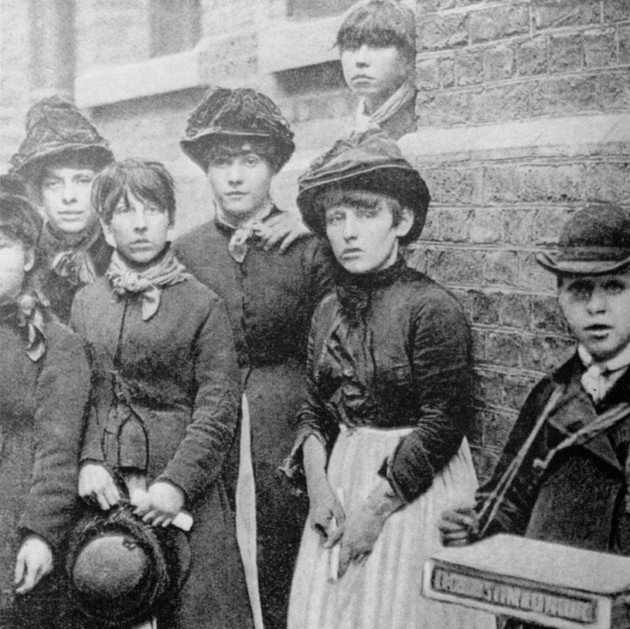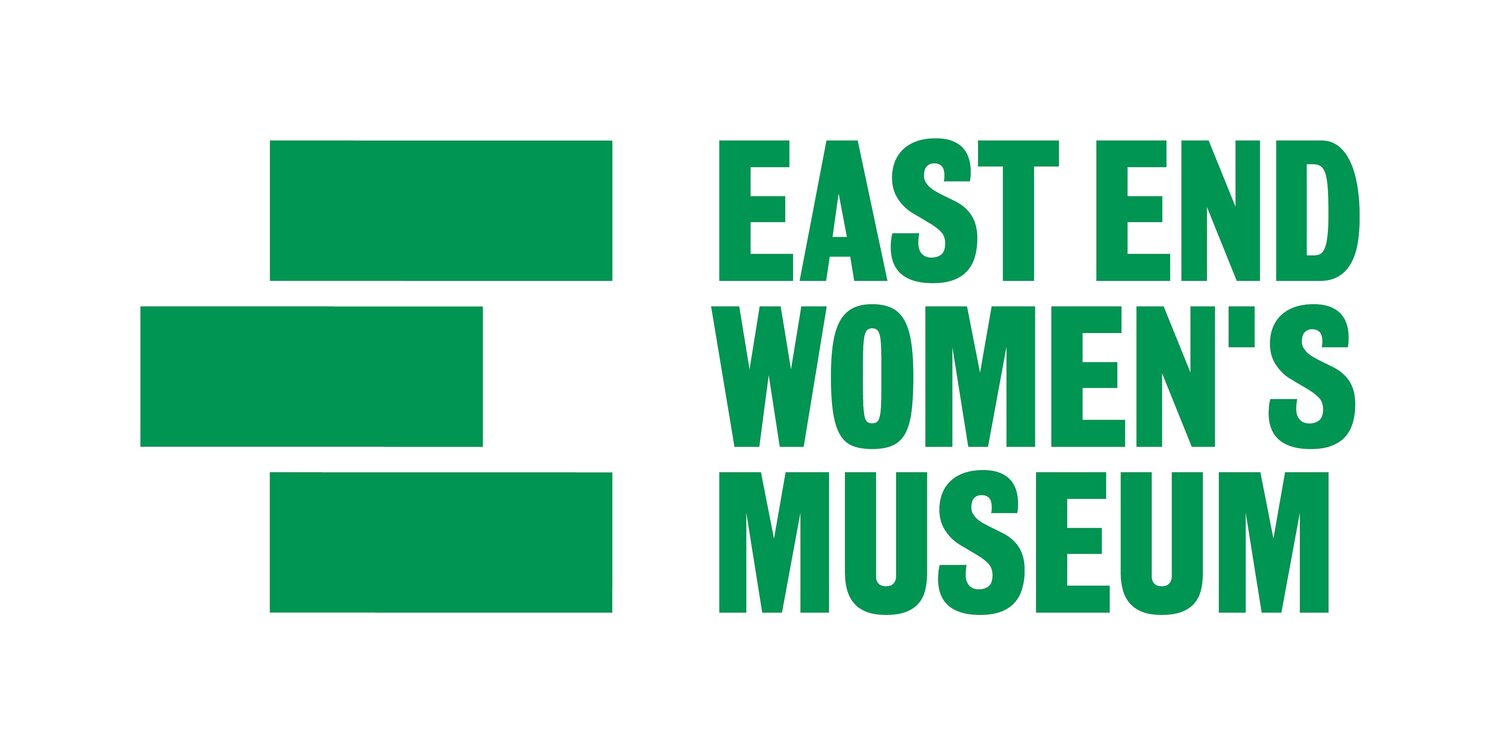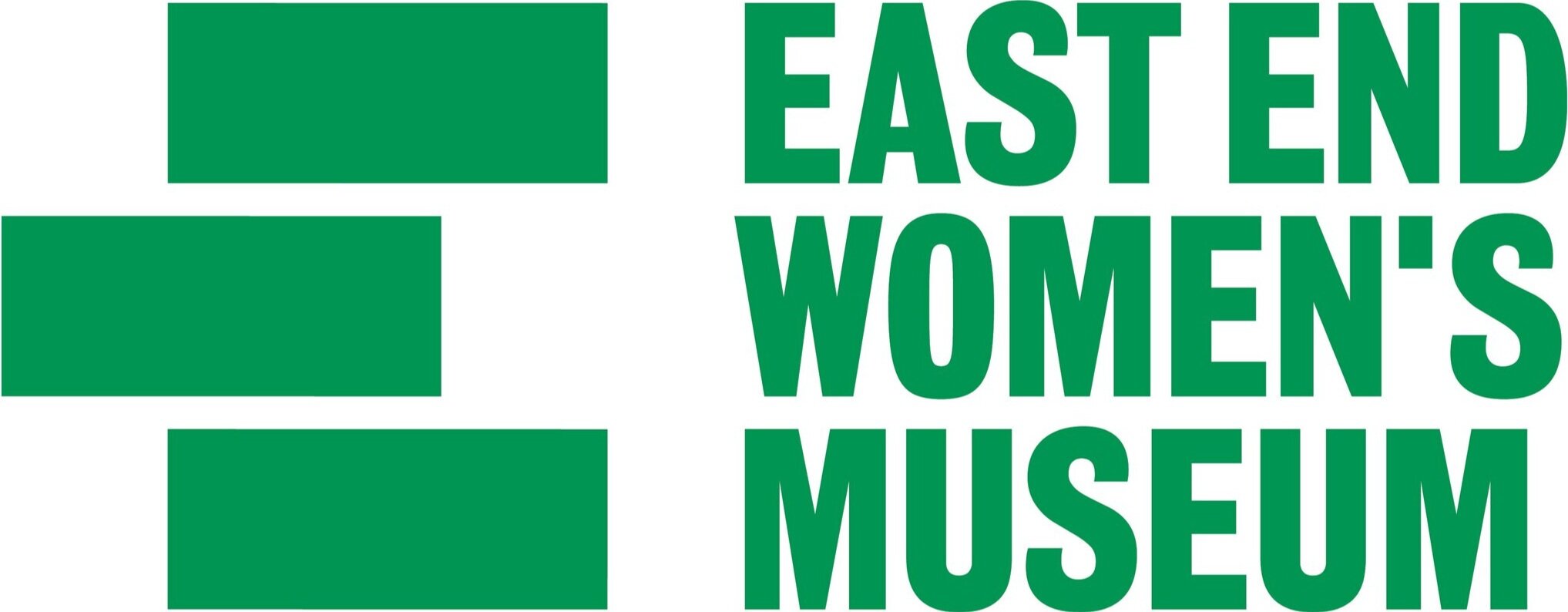Always hold your head up. Remember you're as good as anyone.
 Mary Driscoll was born to Irish parents in London in 1874. She had three sisters, Katherine, Margaret (known affectionately as Mog), and Elizabeth. Both Mary, Mog, and their mother worked for the Bryant & May match company in Bow in terrible conditions and for very low pay.
Mary Driscoll was born to Irish parents in London in 1874. She had three sisters, Katherine, Margaret (known affectionately as Mog), and Elizabeth. Both Mary, Mog, and their mother worked for the Bryant & May match company in Bow in terrible conditions and for very low pay.
In June 1888 when social activist Annie Besant published an article in her weekly newspaper 'The Link' about the conditions at Bryant & May, the management tried to get their workforce to sign a paper contradicting the article, which they refused to do. A worker was dismissed as an example, triggering a full strike in a single day as around 1,400 women and girls refused to work.
The management offered to reinstate the fired employee but the women then demanded other concessions, particularly in relation to the unfair fines which were deducted from their wages. After a week the whole factory had stopped work. At a meeting with the management on 16 July the matchwomen's terms were accepted and the strike ended in victory. (Find out more about the strike in this talk by historian Louise Raw.)
Mary Driscoll was one of the strike leaders, and at the time of the strike she was aged 14 and living at home with her parents at 24 Cottage Street in Poplar.
Eight years after the strike Mary married a dock worker, Thomas Foster. They had 11 children, of whom five survived infancy. Thomas drank heavily, and could be violent towards Mary, once pushing her down the stairs. She effectively supported herself throughout her marriage as much of her husband's income was spent on drink. Mary took in washing, and took the children hop-picking each summer.
Thomas died in 1916, while Mary was pregnant with their son William, who died a few years later from the Spanish flu. Mary never fully recovered from this loss.
After Thomas' death, Mary was able to set herself up as a shopkeeper, opening a cats' meat shop and a corn chandler's beside each other on the now demolished Parnham Street. Mary could not read or write, but despite this became a successful businesswoman, known for her financial acumen.
It's unclear where Mary found the money to open the shops, it's possible that if Thomas had died in an accident at the docks she would have received compensation as his widow. It's unlikely that her in-laws helped, as she greatly disliked them (she even threw a party when her mother-in-law died in 1930).
Mary retained her Irish Republican beliefs all her life, and displayed portraits of Robert Emmett and Michael Collins in her rooms. Reported to be hardworking, fiercely independent, and typically quiet, Mary Driscoll was prepared to “fight her corner”.
During an air raid in the Blitz Mary once ran through the streets with her newborn grandchild, desperate to find a church in which to baptize him (she succeeded). Mary died in March 1943.
Source
Striking a Light: The Bryant and May Matchwomen and their Place in History by Louise Raw





